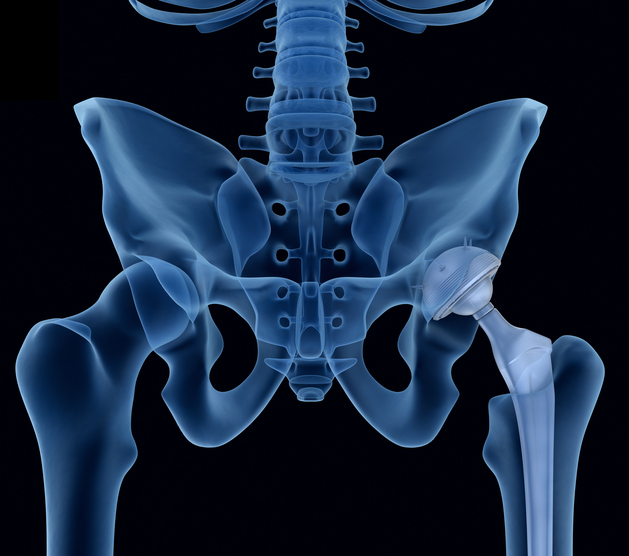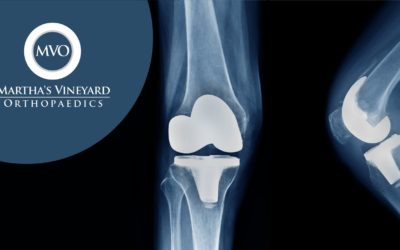Project Description
The hip is a simple ball and socket joint. Normally, the parts of the hip joint work together and the joint moves easily without pain. However; disease, arthritis, or injury can disturb the normal function of the hip joint. This can result in hip pain, groin pain, muscle weakness, and limited movement. Longer life expectancies and greater activity levels as people age have lead to joint replacements being performed in greater numbers of patients.
How does the Hip Work?
This ball and socket joint acts much like a car’s ball joint connecting the wheel to the axle allowing you to turn in different directions while supporting the body. The ball (femoral head) is at the upper end of your thigh bone (femur) and this fits into a socket (acetabulum). Cartilage (a layer of smooth soft tissue) covers the ball and lines the socket allowing the ball to move easily in the socket. You are given only one coating of this cartilage in your lifetime; when it is damaged or worn out it cannot repair itself.










